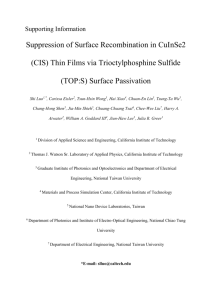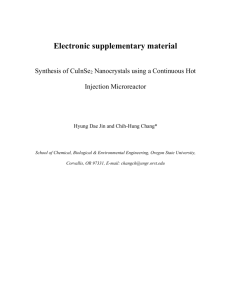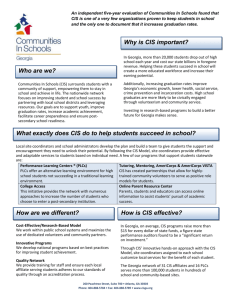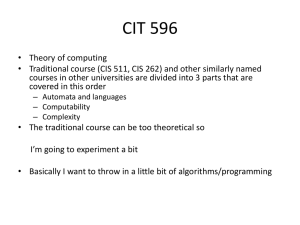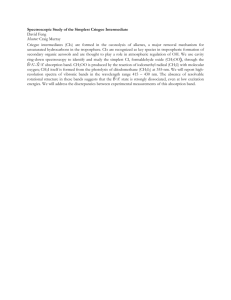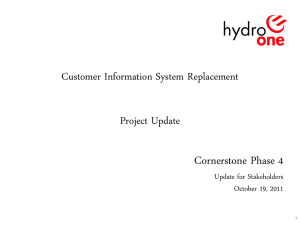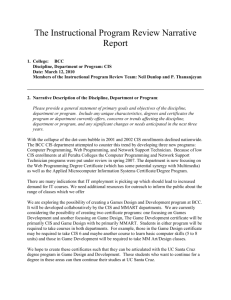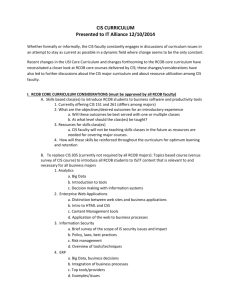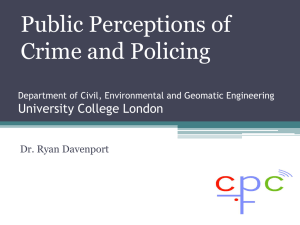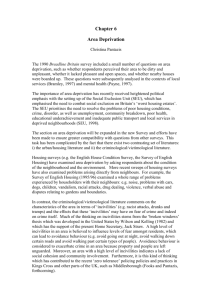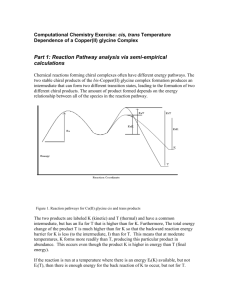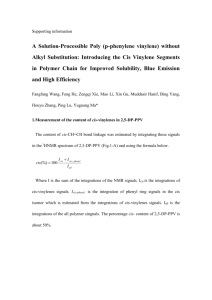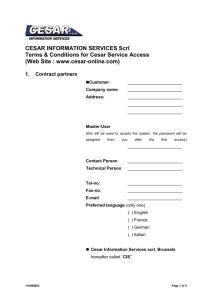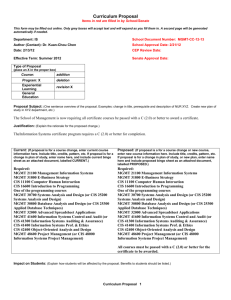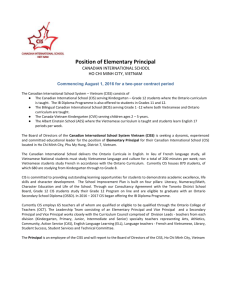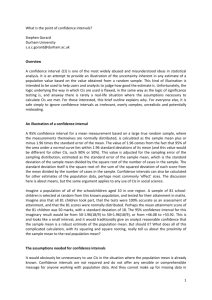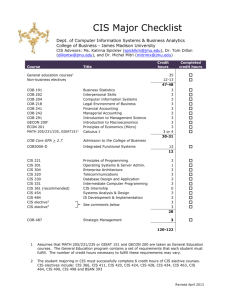How to manage classroom incivilities
advertisement
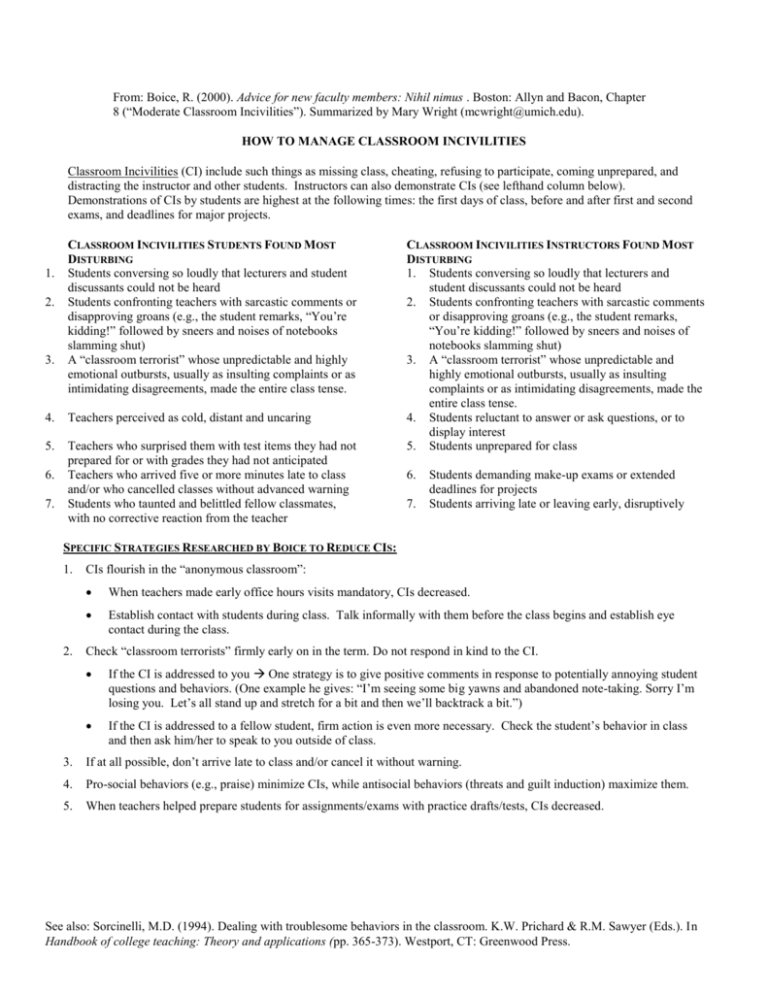
From: Boice, R. (2000). Advice for new faculty members: Nihil nimus . Boston: Allyn and Bacon, Chapter 8 (“Moderate Classroom Incivilities”). Summarized by Mary Wright (mcwright@umich.edu). HOW TO MANAGE CLASSROOM INCIVILITIES Classroom Incivilities (CI) include such things as missing class, cheating, refusing to participate, coming unprepared, and distracting the instructor and other students. Instructors can also demonstrate CIs (see lefthand column below). Demonstrations of CIs by students are highest at the following times: the first days of class, before and after first and second exams, and deadlines for major projects. 1. 2. 3. CLASSROOM INCIVILITIES STUDENTS FOUND MOST DISTURBING Students conversing so loudly that lecturers and student discussants could not be heard Students confronting teachers with sarcastic comments or disapproving groans (e.g., the student remarks, “You’re kidding!” followed by sneers and noises of notebooks slamming shut) A “classroom terrorist” whose unpredictable and highly emotional outbursts, usually as insulting complaints or as intimidating disagreements, made the entire class tense. 4. Teachers perceived as cold, distant and uncaring 5. Teachers who surprised them with test items they had not prepared for or with grades they had not anticipated Teachers who arrived five or more minutes late to class and/or who cancelled classes without advanced warning Students who taunted and belittled fellow classmates, with no corrective reaction from the teacher 6. 7. CLASSROOM INCIVILITIES INSTRUCTORS FOUND MOST DISTURBING 1. Students conversing so loudly that lecturers and student discussants could not be heard 2. Students confronting teachers with sarcastic comments or disapproving groans (e.g., the student remarks, “You’re kidding!” followed by sneers and noises of notebooks slamming shut) 3. A “classroom terrorist” whose unpredictable and highly emotional outbursts, usually as insulting complaints or as intimidating disagreements, made the entire class tense. 4. Students reluctant to answer or ask questions, or to display interest 5. Students unprepared for class 6. 7. Students demanding make-up exams or extended deadlines for projects Students arriving late or leaving early, disruptively SPECIFIC STRATEGIES RESEARCHED BY BOICE TO REDUCE CIS: 1. 2. CIs flourish in the “anonymous classroom”: When teachers made early office hours visits mandatory, CIs decreased. Establish contact with students during class. Talk informally with them before the class begins and establish eye contact during the class. Check “classroom terrorists” firmly early on in the term. Do not respond in kind to the CI. If the CI is addressed to you One strategy is to give positive comments in response to potentially annoying student questions and behaviors. (One example he gives: “I’m seeing some big yawns and abandoned note-taking. Sorry I’m losing you. Let’s all stand up and stretch for a bit and then we’ll backtrack a bit.”) If the CI is addressed to a fellow student, firm action is even more necessary. Check the student’s behavior in class and then ask him/her to speak to you outside of class. 3. If at all possible, don’t arrive late to class and/or cancel it without warning. 4. Pro-social behaviors (e.g., praise) minimize CIs, while antisocial behaviors (threats and guilt induction) maximize them. 5. When teachers helped prepare students for assignments/exams with practice drafts/tests, CIs decreased. See also: Sorcinelli, M.D. (1994). Dealing with troublesome behaviors in the classroom. K.W. Prichard & R.M. Sawyer (Eds.). In Handbook of college teaching: Theory and applications (pp. 365-373). Westport, CT: Greenwood Press.

